Can aviation fuel melt steel? No, I don’t think so; there is no scientific proof that aviation fuel can melt steel. One of the most common questions we receive here at aircraft place is “Can aviation fuel melt steel?” People are curious because they see videos on social media where a can of jet fuel has been lit and thrown against an object.
Such as a car or truck, and it doesn’t seem to cause much damage. A lot of people might think that’s because the fuel burns cleanly and doesn’t leave any residue behind.
But it turns out there’s actually a scientific reason why aviation fuel doesn’t leave residue! In this article, we’ll go over all the different ways that aviation fuels could be used to create explosions or fires.
Including whether or not they can actually melt steel and what distinguishes them from other types of fuels such as diesel or propane, despite some similarities.
On 9/11, World Trade Center Building 7 (WTC7) caught fire, yet the building remained standing for another seven hours. It ultimately collapsed on 9/11 at 5:20 p.m.
While there are numerous reasons to question the destruction of WTC 7, timing is one of the most important questions. How could 7 WTC stand for an additional seven hours if it was fueled by jet fuel?
Can aviation fuel melt steel?
The answer is no. Aviation fuel can’t melt steel. But the reason it doesn’t usually do so is that aviation fuel burns much slower than other types of fuel and does not reach a high enough temperature to cause significant structural damage to a building or bridge.
Aviation fuel was used in some of the planes that crashed into New York’s World Trade Center towers on September 11th, 2001, but only after those buildings had already been weakened by an earlier terrorist attack.
In addition to being more expensive than other types of fuel, aviation fuels are also toxic. When they are burned, they emit harmful gases such as carbon monoxide and nitrogen oxide.
Emissions from jet engines are also responsible for around one-third of greenhouse gas emissions worldwide (the rest comes mainly from cars). As such, in most countries, they’re only allowed to be used by aircraft rather than automobiles!
Aviation fuel can only burn at high temperatures. In order to melt steel, it would need to be burned in an oxygen-rich environment (which is what causes the steel to melt in the first place).
In addition to being more expensive than other types of fuel, aviation fuels are also toxic. When they are burned, they emit harmful gases such as carbon monoxide and nitrogen oxide.
Emissions from jet engines are also responsible for around one-third of greenhouse gas emissions worldwide (the rest comes mainly from cars). As such, in most countries, they’re only allowed to be used by aircraft rather than automobiles!
This is because they are made up of different chemicals that need to be heated to extremely high temperatures before they become combustible. However, aviation fuel doesn’t burn as well when it’s cold, which is why you can’t use a lighter to light an engine.
Aviation fuel is also toxic: burning it creates harmful gases like carbon monoxide and nitrogen oxide; emissions from jet engines are also responsible for around one-third of worldwide greenhouse gas emissions (the rest comes mainly from cars).
As such, in most countries, they’re only allowed to be used by aircraft rather than automobiles!
Points to keep in mind
- Does aviation fuel burn hotter than other fuels?
- Why is top-octane aviation fuel not used in vehicles?
- Do aviation fuels burn faster?
- Can kerosene be used in place of Jet-A?
- Can diesel be used as aviation fuel?
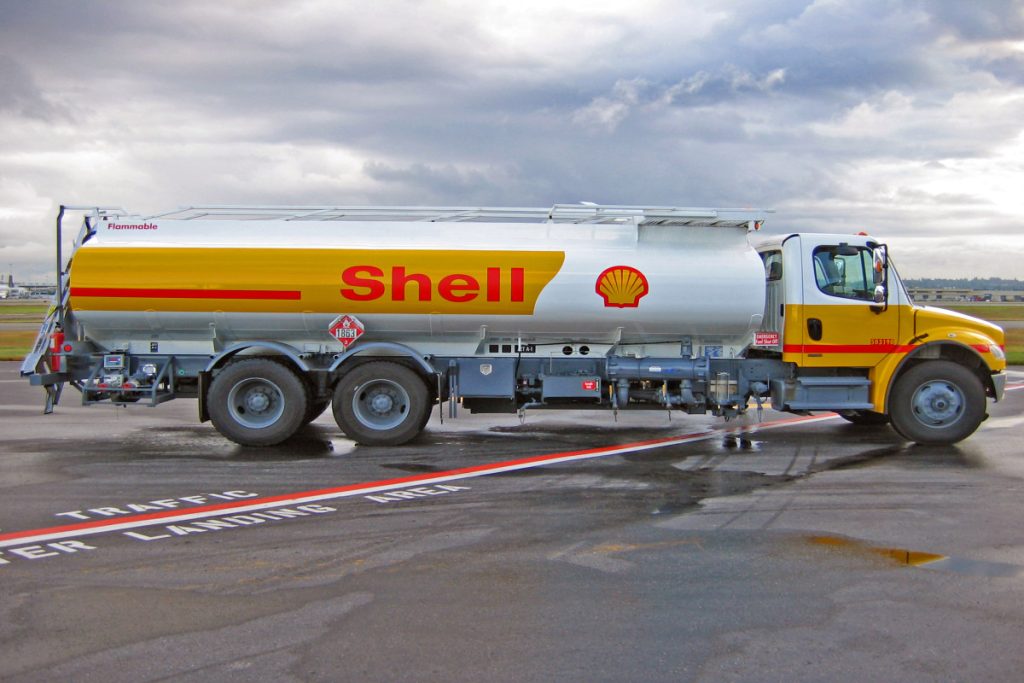
1. Does aviation fuel burn hotter than other fuels?
It’s true that aviation fuel burns hotter than regular gasoline, but this isn’t because it’s especially explosive. It’s because of the fuel’s octane rating. Octane is a measure of how volatile a given type of gas or liquid is.
A higher octane rating indicates that a substance will combust more slowly and evenly, without detonating suddenly in an explosion. In other words, octane ratings tell you how much kickback you can expect from your car before it goes kaboom.
Aviation fuel has a higher octane rating than regular gasoline—you can see this by reading the number posted on its label (the higher the number, the greater resistance to detonation).
This makes it less likely to explode suddenly and still lets it burn well in engines made for high-octane fuels, like the ones used by military planes and helicopters.
Aviation gasoline is also more expensive than regular gasoline because it is more difficult to produce.This is because they contain a more complex mix of chemicals, which means it takes longer for refineries to process them into usable fuels.
The chemical composition of aviation fuel differs from regular gasoline in two important ways: First, it contains more carbon chains (the building blocks that make up all hydrocarbon molecules). Second, those carbon chains are longer than those found in standard gas.
The longer the carbon chain, the more stable a gasoline is against detonation. This means that aviation gasolines have a higher octane rating than regular fuel—but it’s not just about chemical composition.
Other factors like the refining process and additives, also play a role in determining how much kickback you can expect from your car before it goes kaboom.
Top pick
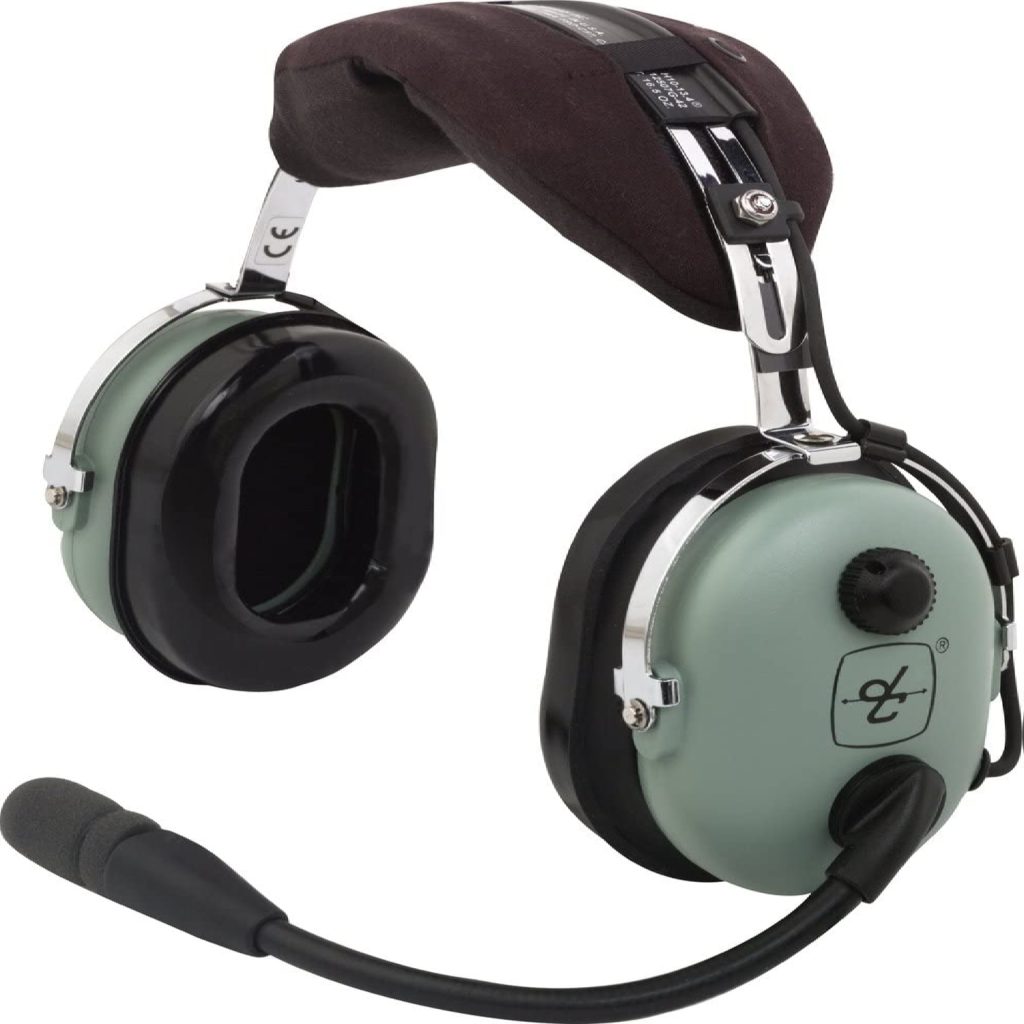
Editor’s choice
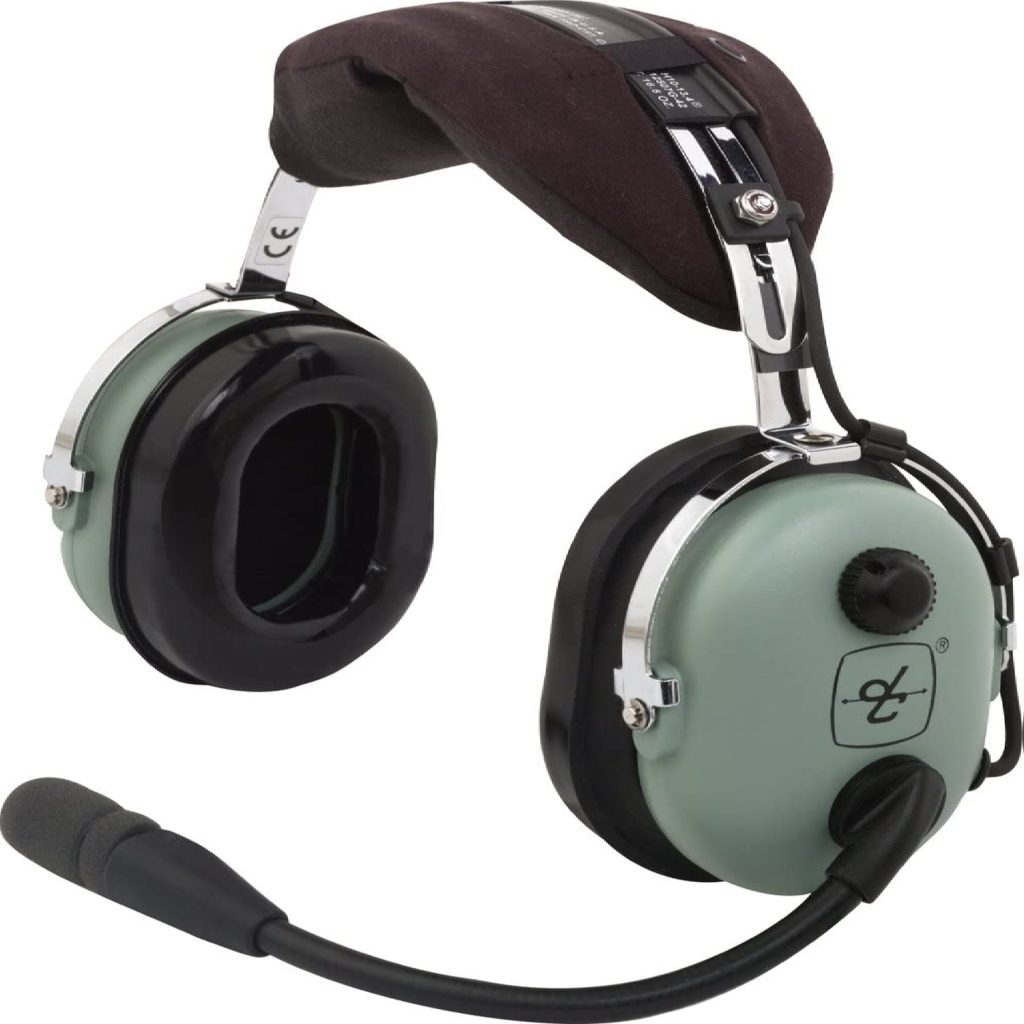
Read more articles: How Much Fuel Do Private Jets Use?
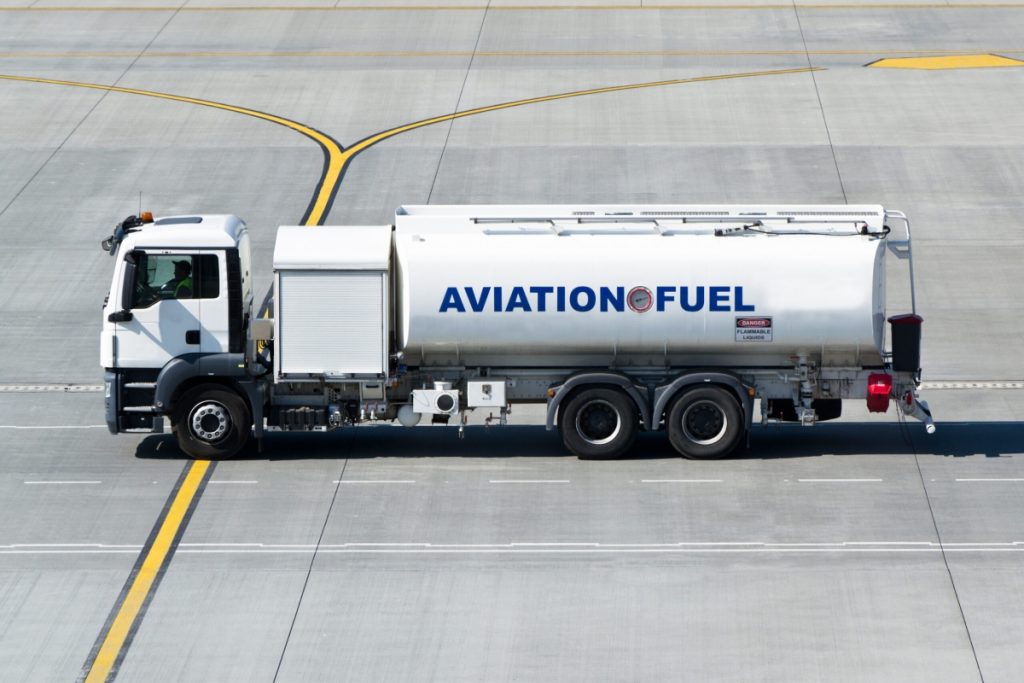
2. Why is top-octane aviation fuel not used in vehicles?
The main difference between aviation fuel and automotive fuel is the octane rating. The higher octane number means it has a higher resistance to detonation and is therefore less likely to ignite in your engine.
This also makes it more expensive, as a higher price is necessary for manufacturers to recover their costs, but you’ll find that most people who use top-of-the-line fuels do so because they want their engines to last longer or perform better.
The lower cost of automotive gasoline allows family cars to meet these requirements without breaking the bank or causing owners to worry about sacrificing quality in order to save money on fuel expenses—but that doesn’t mean there aren’t other benefits to using high-performance motor oils that justify paying more money!
While most modern vehicles are designed with safety features like electronic ignition systems (which prevent sparks from reaching critical locations) and knock sensors (which detect if your engine starts misfiring),
These devices aren’t foolproof—they can malfunction unexpectedly due to wear over time or unexpected damage caused by an accident like hitting potholes while driving over rough terrain at high speeds during monsoon season when there wasn’t enough warning about potential flash flooding conditions due to the weather being unpredictable.
High-performance motor oils can help prevent these kinds of accidents by making it less likely that your engine will fail because of a small misfiring problem that could cause sparks to light fuel vapors.
Even if you’re not interested in racing or driving fast, there is still plenty of value for drivers who want their vehicles to have longer service lives and perform at their best—which means that it’s worth spending money on high-quality products!
Top pick

Editor’s choice


3. Do aviation fuels burn faster?
Yes, aviation fuel burns faster than other fuels. In fact, it’s one of the fastest-burning substances known to man. The reason for this is that the flash point of aviation fuel is much higher than that of other types of fuel—around 31 °C (88 °F) versus about -20 °C (-4 °F).
This means that when an aircraft crashes into something and ignites, it spreads very quickly and can cause serious damage or even death if you’re close enough (though I doubt any pilot would want to be near a burning plane).
Additionally, aviation gas has a higher oxygen content than other types of petroleum products, so it will burn hotter and faster.
Finally, aviation gas has a high vapor pressure, which means that even when there isn’t any fire present yet, leaking fumes can still ignite things around them like trees or buildings if they’re close enough!
The reason for these properties is that aviation fuel is made to be very stable at high altitudes, where temperatures are much lower than on the ground.
The main reason for this is that an aircraft cannot simply stop in mid-air! If a plane runs out of fuel, it will crash into whatever is below it. For this reason, airplanes need to be able to fly with less than half of their fuel tanks filled up.
If you’re ever on an airplane, look around at the people sitting next to you. You’ll notice that they all have oxygen masks in case there’s a drop in cabin pressure. This is because oxygen-rich air is required for combustion, and without it, fire cannot occur!
Read more articles: Aviation Psychologist

4. Can kerosene be used in place of Jet-A?
Jet-A is a kerosene-based fuel, and it’s the most common type of aviation fuel. But can kerosene be used in place of Jet-A? Yes. However, there are some important distinctions between the two.
Kerosene is also a type of fuel that can be used in cars and trucks. The word “kerosene” is derived from “kerogen,” which means wax crystals or fossilized hydrocarbon matter.
Kerosene is also known as paraffin or lamp oil, but these terms are now generally obsolete outside North America, where they remain in use to describe heating oil (motor vehicle diesel).
The primary difference between jet-A and kerosene is that jet-A is refined, whereas kerosene is not. Refining removes impurities (such as sulfur) from crude oil, which helps make it more efficient.
Kerosene is a liquid petroleum product that can be burned in an internal combustion engine. In fact, it was once widely used as a fuel for lamps, stoves, and heaters before electricity became widely available.
Jet-A is a kerosene-based fuel that is used in jet engines. It’s the most common type of aviation fuel. But can kerosene be used in place of Jet-A? Yes. However, there are some important distinctions between the two.
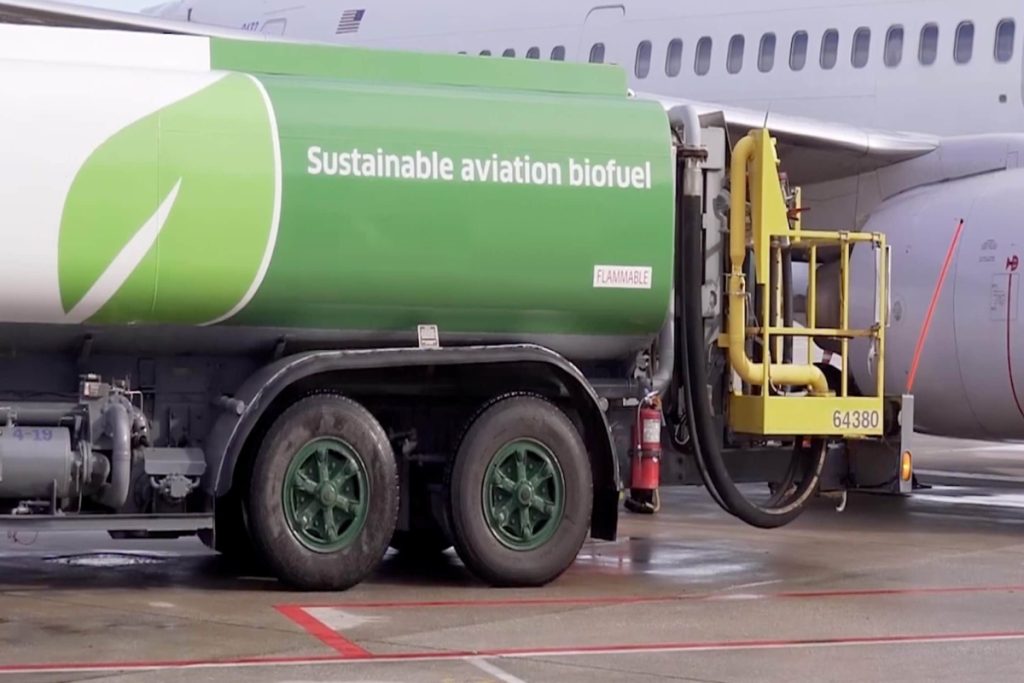
5. Can diesel be used as aviation fuel?
Yes, diesel is a type of fuel oil used in gas turbine engines. It is a colorless to light yellow liquid with a specific gravity of 0.85. Diesel has a high cetane number (60–70) and low viscosity.
which makes it easy to ignite under any temperature conditions. Although diesel has been in use for over 100 years, it is still considered one of the most efficient fuels used today.
Diesel is produced from crude oil through a process called hydrotreating. This process removes sulfur from the crude oil as well as other impurities such as waxes and paraffins.
The end product is a mix of unsaturated alkenes (olefins) and saturated alkanes with carbon numbers from C8 to C18.
The final product is called “finished diesel,” and it is used as a fuel for vehicles, trains, and ships. Some of the characteristics that make diesel so attractive as a fuel include:
-Low cost (it costs less than gasoline).-High energy density (diesel contains more energy per gallon than gasoline).- Low particulate matter and nitrogen oxide emissions (diesel engines emit less particulate matter and nitrogen oxides than gasoline engines).
-A higher cetane number (a measure of the ignitability of diesel fuel) -A higher flash point (the temperature at which diesel fuel ignites when exposed to air).
-Longer storage life (diesel can be stored for longer periods of time than gasoline without losing strength).-Easier to transport (diesel has a lower vapor pressure than gasoline and is therefore less volatile).
Read more articles: How Safe are Private Jets?
Top pick

Editor’s choice
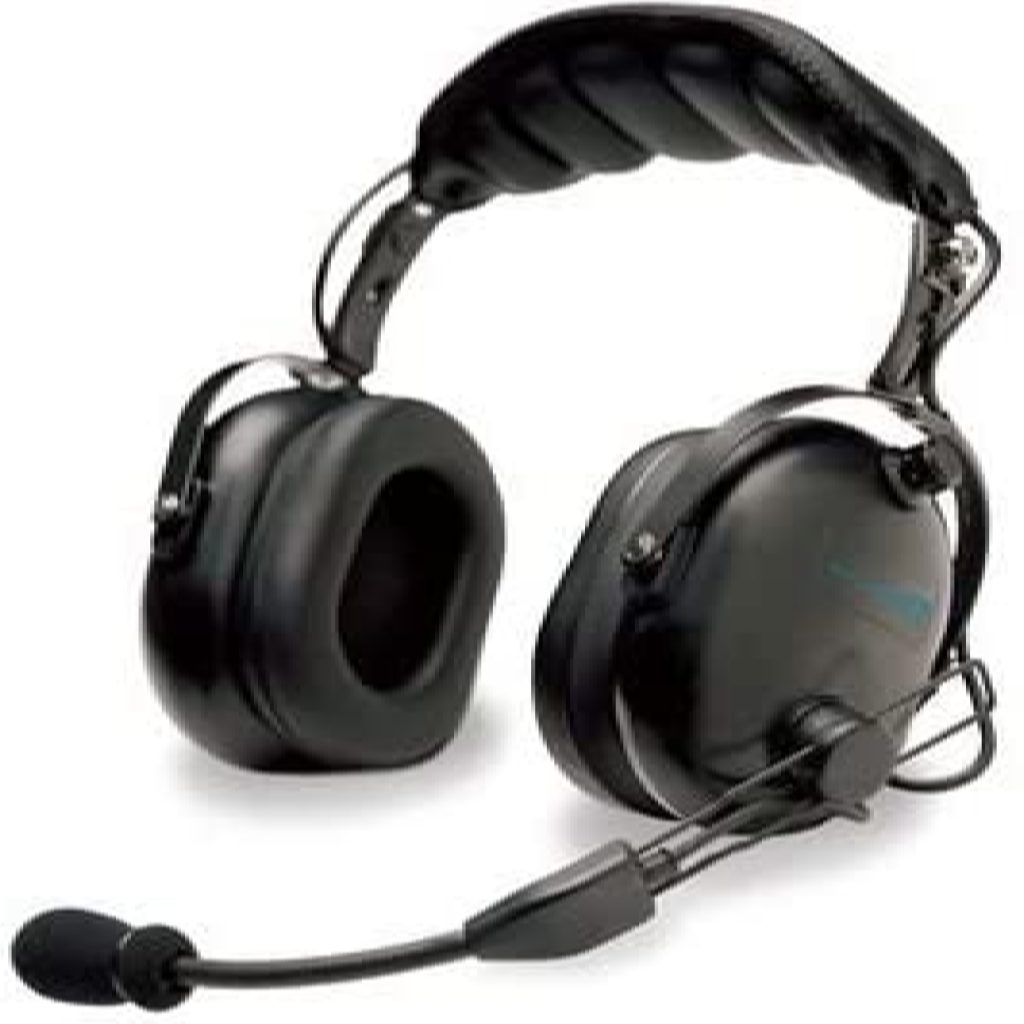
Best value

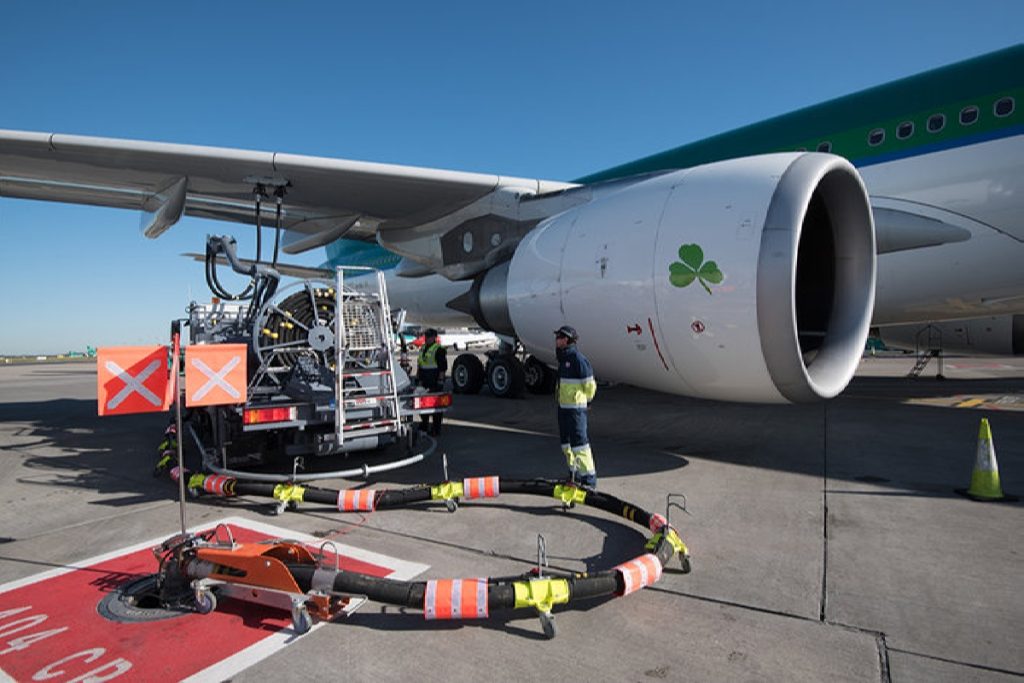
FAQ
1. Can a jet engine melt steel?
No, burning jet fuel won’t reach temperatures high enough to melt steel beams. Steel melts at a temperature of 2750°F, not the 800° to 1500°F range at which jet fuel burns.
2. Does kerosene burn hot enough to melt steel?
In a kerosene fire, steel beams do not melt. But they’re not required to. Unlike the higher floors of the WTC, they are not burdened by anything.
3. How hot does aviation fuel burn?
When enough oxygen is present, jet fuel will burn at temperatures far above 3000 °C, which is more than hot enough to melt steel. However, an open fuel fire’s flame will be oxygen-starved and won’t burn nearly as hot.
4. Do jet fuel burn faster?
Jet fuel tends to auto-ignite far more readily with heat and compression as opposed to gasoline for your automobile or piston-driven aircraft, which needs a spark plug to ignite. similar to diesel fuel As a result, it is the preferred fuel for jet engines, which lack spark plugs.
5. What is the steel beam melting point?
At around 2500°F (1370°C), steel often melts.
6. What can melt steel beams?
Steel cannot support any weight until it melts, which occurs at a temperature of around 1500 degrees Celsius (becoming a bit like a putty, not a liquid, but plastic).
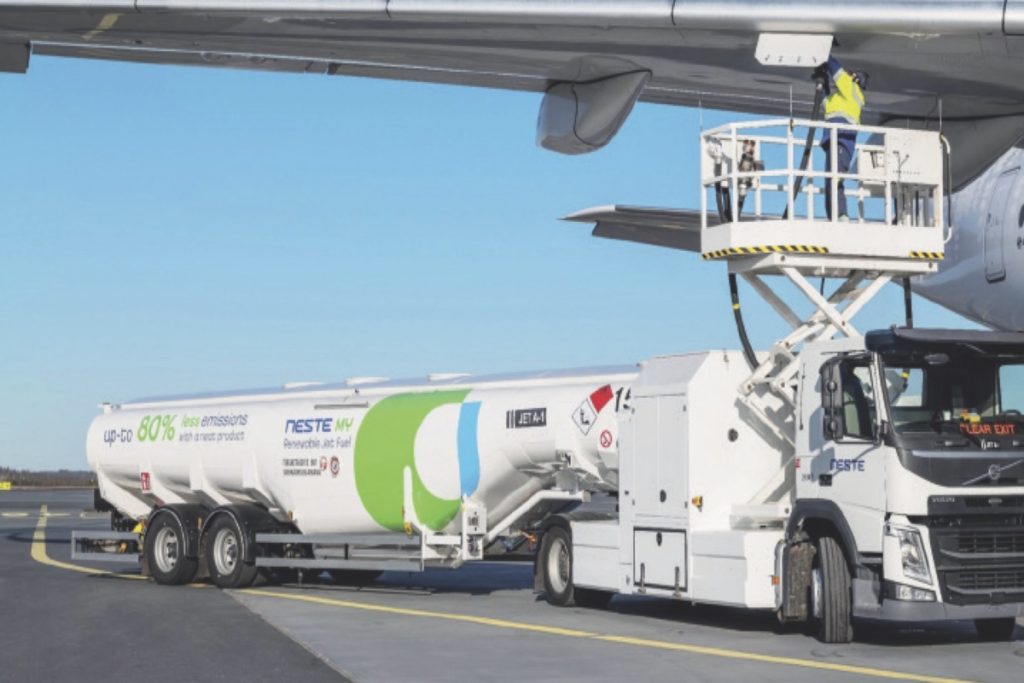
Sum-up
While the exact answer to this question may be up for debate, we hope that we have at least given you some food for thought. The science behind aviation fuel is fascinating and will continue to evolve as new technologies come online.
If you have any thoughts on this topic or would like to share your own experiences with aviation fuel, please leave us a comment below! Jet fuel doesn’t really vaporize at temperatures below 600 degrees F, and it burns fairly cleanly.
However, jet fuel isn’t the only thing that burns in an aircraft fire; there’s other stuff in the fuselage. Aluminum, for example, burns at much higher temperatures than jet fuel.
NIST and others have investigated the collapse of WTC 7 and found no evidence supporting controlled demolition. Rather, the findings indicate that a combination of factors caused WTC 7 to collapse.
These include the damage done to the building’s structure when the nearby WTC 1 fell, the damage done to the building’s diesel fuel tanks by falling debris, and the fires that were started on multiple floors by burning debris.
Read more articles: Do Private Jets Have Showers?
Other related articles
- Private Jet Black | Experience Exceptional Service
- Private Jet Uk | Your Ultimate Guide
- Private Jet Ticket | Your Ultimate Pinnacle of Luxury
- Private Jet Travel Aesthetics | Elevate Your Travel Experience
- Private Jet 747 | Why You Should Know This
- Private Jet Interior Aesthetics | Do Not Ignore This Awareness

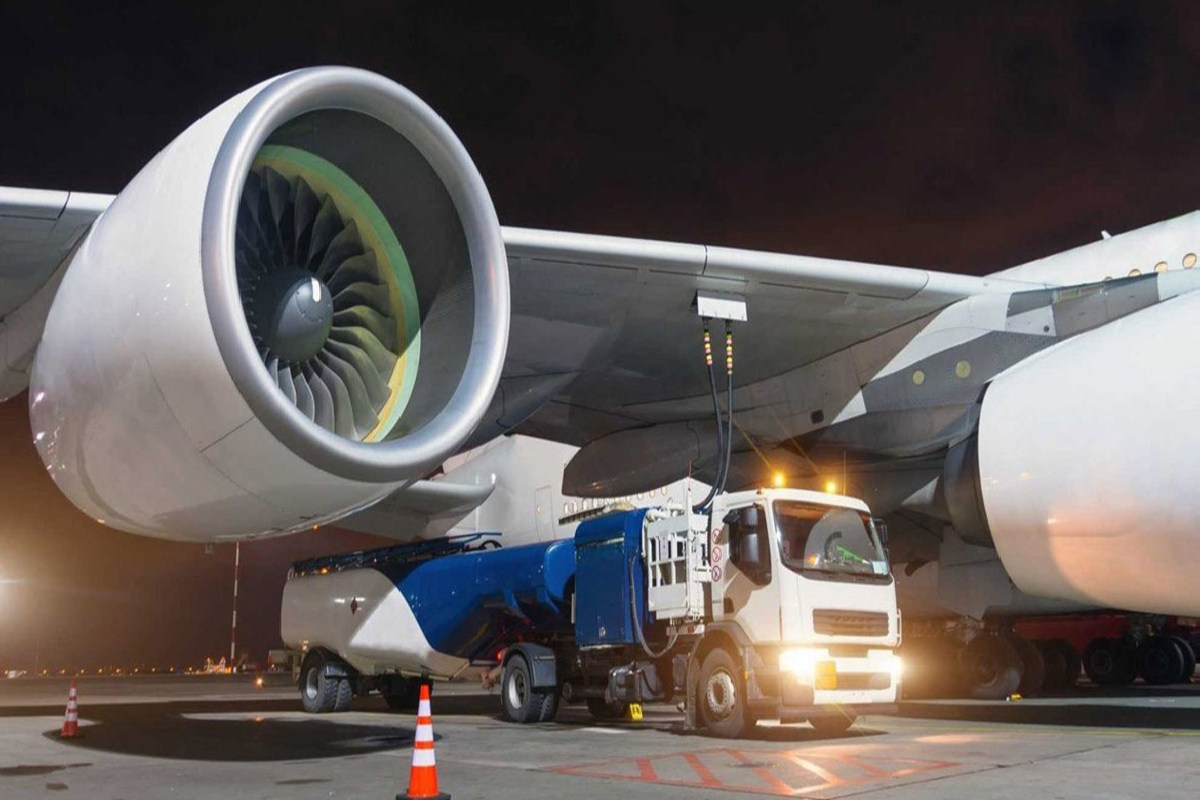











Leave a Reply